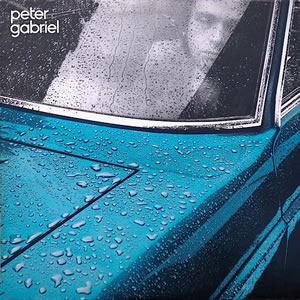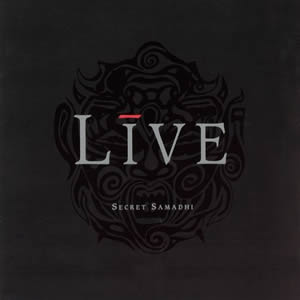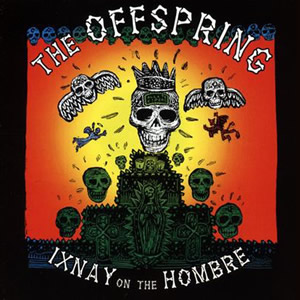Peter Gabriel 1977 debut album
Buy Draw the Line After departing from Genesis, the group he founded and fronted for nearly a decade, Peter Gabriel slowly worked his way into launching a solo career. His 1977 debut album […]

Buy Draw the Line After departing from Genesis, the group he founded and fronted for nearly a decade, Peter Gabriel slowly worked his way into launching a solo career. His 1977 debut album […]

Buy Secret Samadhi The third overall album by the rock quartet Live, the 1997 release Secret Samadhi debuted on the top of the American charts immediately after its release. The album is named […]

Buy Ixnay on the Hombre In their prime, The Offspring‘s music found the sweet spot somewhere between hard rock and hardcore. Their 1997 fourth overall release and major label debut, Ixnay on the […]